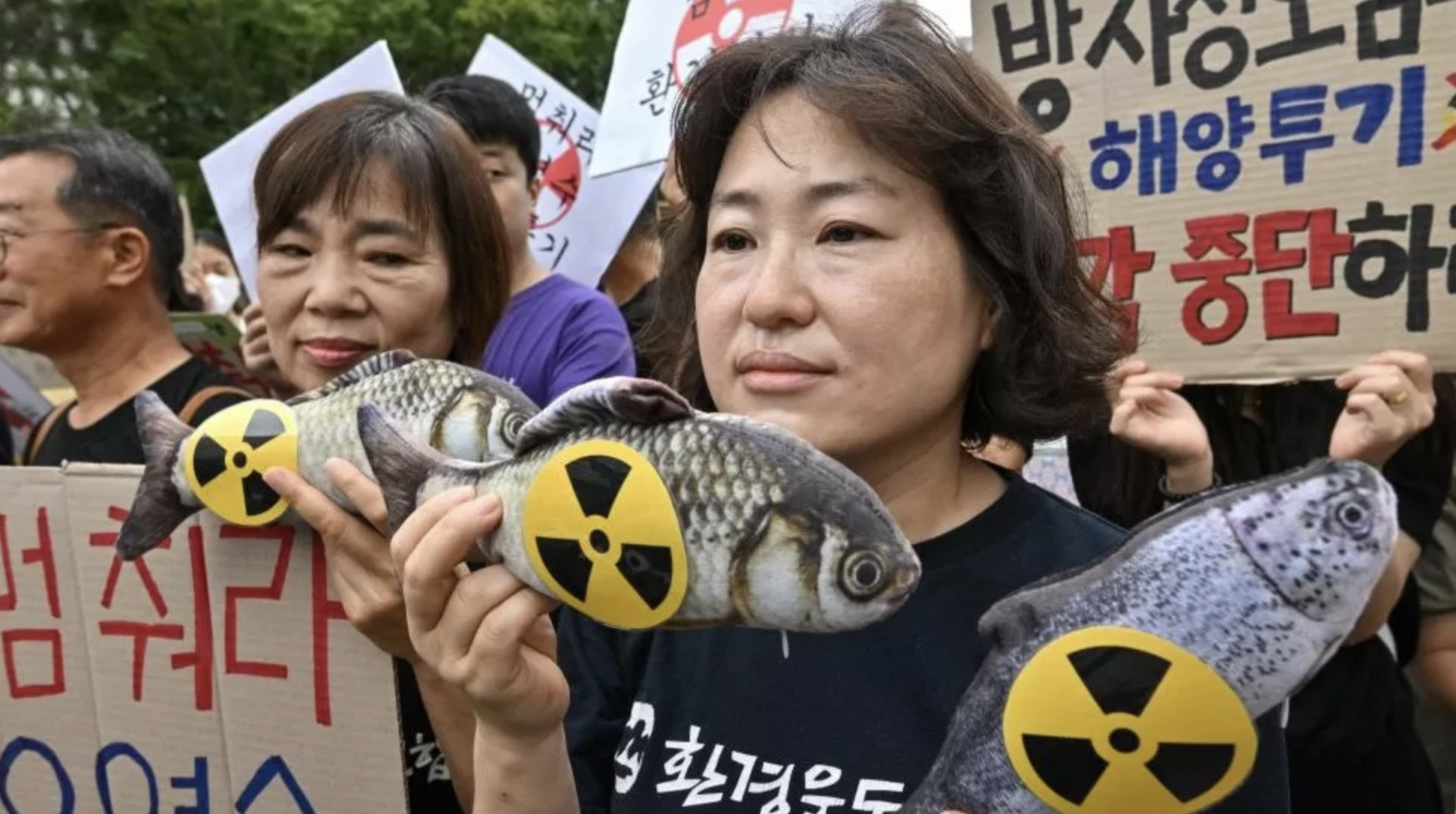
When we think of Japan, we imagine litter-free cities, high-tech bullet trains, and the pristine air revealing the views of Mount Fuji and towering pagodas from many miles away. After all, Japan is one of the world’s leading contributors to sustainability (ranked #21 most sustainable according to the United Nations) and serves as a green role model for large countries like China and the US.
This is why I was surprised to learn that Japan has been recently releasing thousands of tons of radioactive wastewater into the Pacific Ocean, potentially contaminating the ocean and affecting marine ecosystems. However, in order to understand why this is happening, we must go back over a decade.
It all started on March 11, 2011, when the most powerful earthquake ever recorded struck off of Japan’s east coast. This 9.0 magnitude earthquake was so forceful that it triggered a tsunami to sweep over the island of Honshu, killing over 18,000 civilians and erasing entire towns off the map. When the tsunami reached the Fukushima Daiichi nuclear power plant near the coast, it caused three reactors to flood, explode, and melt down, triggering a historic nuclear disaster.
To stop the reactor debris from burning, workers pumped water through the ruins of the reactors and stored it in thousands of large tanks with a combined volume of over 1.3 million tons. However, this was not any kind of water. This was water that was contaminated with radioactive waste, leaching with foreign chemicals like tritium and over 62 types of radionuclides, all of which occur in trace amounts, but would not be safe to drink from.
After years of collecting wastewater, it has to be disposed of inevitably. But how would the government do that? The best way—or rather, the only option—is to release it into the ocean.
When the initial plan to release the wastewater into the ocean was publicized in August 2023, hundreds of environmental activists rallied in protest. Even more affected were Japanese fishermen and fisheries, who feared that even if the wastewater was diluted and discharged in small batches in agreement with regulations set by the International Atomic Energy Agency (IAEA), there would still be a stigma against eating fish from the region. This is evidenced by China’s recent trade ban on Japanese seafood, which has negative economic impacts on the country.

However, from a scientific standpoint, wastewater disposal would not cause as much environmental damage as one might think. Before the wastewater can even make it to the ocean, it has to run through a complex chain of filters called the Advanced Liquid Processing System, which is effective at removing most of the radionuclides from the water. Still, ALPS is not able to capture tritium, a radioactive isotope of hydrogen, and can sometimes allow more dangerous isotopes like ruthenium, cobalt, strontium, and plutonium to slip through. These radioactive isotopes can be more easily incorporated into marine biota and seafloor sediments and therefore pose a minor environmental hazard.
Despite the public condemnation of Japan’s actions, I believe that discharging the wastewater into the ocean, especially in small, diluted amounts, is the best course of action, especially since it is deemed safe and clearly meets the health standards set by the government. The wastewater cannot be stored on land forever, and it would be risky to release it as vapor into the atmosphere. Sometimes, when we know things cannot be perfect, we look to the solution with the least negatives.

